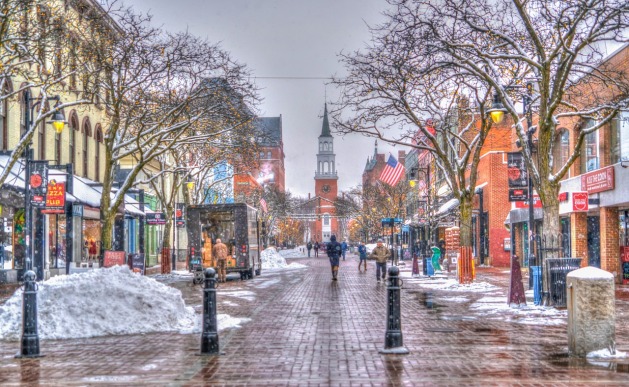 For reasons that I can’t quite grasp, there seems to be an irresistible urge on the part of news entrepreneurs to think regionally rather than locally. Maybe a regional focus makes fundraising easier. Maybe folks think it makes little sense to build out a digital infrastructure for a project that serves just one community.
For reasons that I can’t quite grasp, there seems to be an irresistible urge on the part of news entrepreneurs to think regionally rather than locally. Maybe a regional focus makes fundraising easier. Maybe folks think it makes little sense to build out a digital infrastructure for a project that serves just one community.
There’s no doubt that some of the best journalism start-ups are regional or statewide, with The Texas Tribune leading the way. Yet truly local projects such as the New Haven Independent, The Batavian, The Mendocino Voice and, closer to home, The Bedford Citizen, The Provincetown Independent and Ipswich Local News provide a service that just can’t be replicated by a regional project that might be focused on, say, state politics and policy.
The latest to argue for a regional approach is Christopher Baxter, the executive director and editor-in-chief of Spotlight PA, which produces investigative reporting in Pennsylvania. Writing in Nieman Reports, Baxter says his site uses a “hub-and-spoke” model to provide statewide stories to local news organizations, which in turn feed local stories back to the hub. He writes:
This “hub-and-spoke” model using statewide entities like Spotlight PA, VTDigger, Mississippi Today, Mountain State Spotlight, and many others provides a ready pathway to scale coverage to local cities and towns without building new organizations in every location. The hub provides the organizational support and wide distribution platform, maintaining a focus on Capitol and statewide stories, while the spokes focus on local stories, always with an eye toward what might be of interest to a statewide audience.
So far, so good. But then he adds: “To be clear, this approach won’t replace the heyday of local journalism, when every town council meeting, zoning meeting, and school board meeting was covered.” And yet that’s what’s desperately needed — and it’s exactly what’s being provided by the local projects I mention above.
Back in 2015, I interviewed Anne Galloway, the founder of VT Digger, a statewide site based in Vermont’s capital, Montpelier. At that time Digger was just beginning to expand into local coverage in Chittenden County, where Burlington is located, and Windham County, in the southern part of the state.
Digger has been grown considerably since then. But in perusing the site, it seems clear that it’s stuck mainly to its original mission of providing first-rate investigative coverage of statewide issues, while occasionally branching out into local stories like the recent newspaper battle in Charlotte.
That’s as it should be. But real local journalism of the sort that covers “every town council meeting, zoning meeting and school board meeting,” as Baxter puts it, is perhaps the greatest unmet need today. Let’s let the regionals do what they do best — and keep pushing for local coverage of community life.
Please become a member of Media Nation. For just $5 a month, you can support my work and receive a weekly newsletter with exclusive content.




